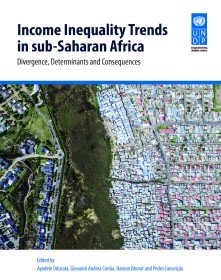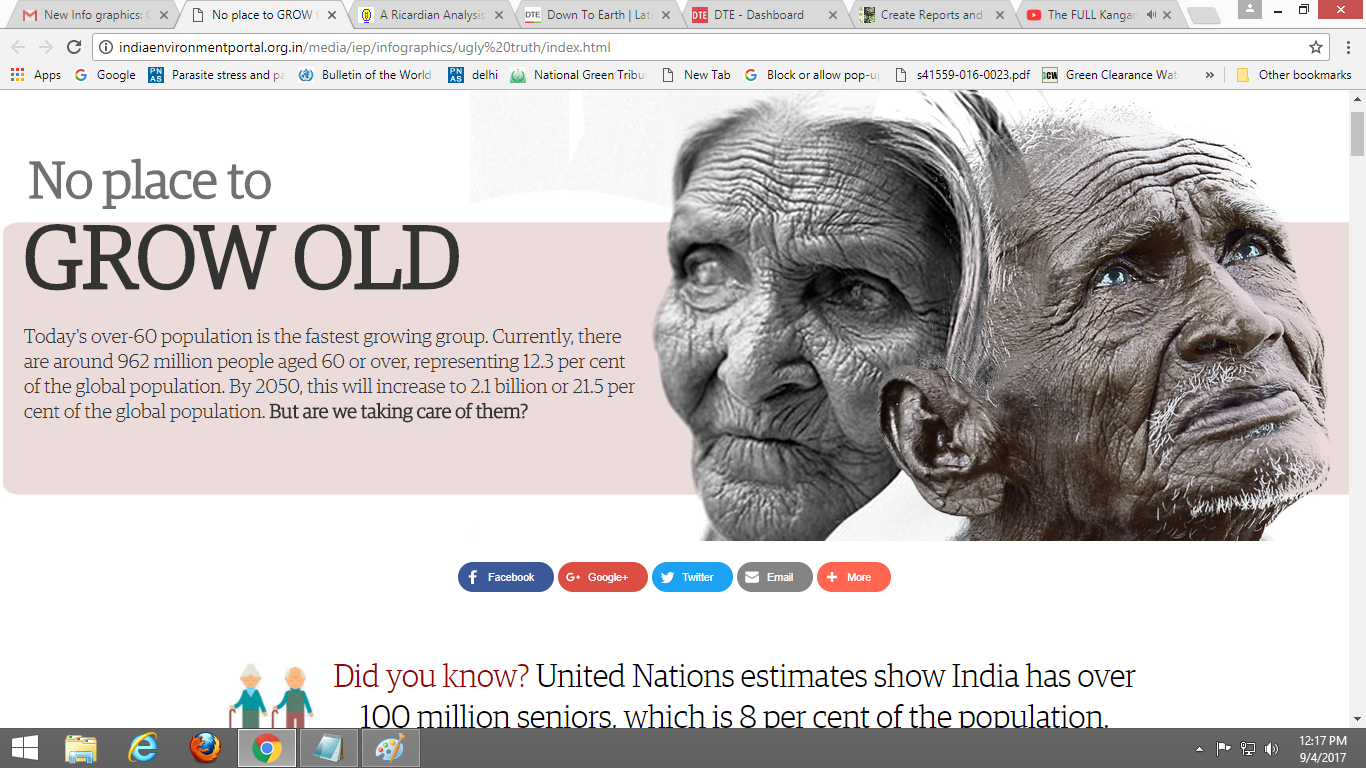Sample Registration System (SRS)-Bulletin 2021 Volume 56-1
<p>Birth Rate is a crude measure of fertility of a population and is a crucial determinant of population growth. It gives the number of live births per thousand population in a given region and year. The



